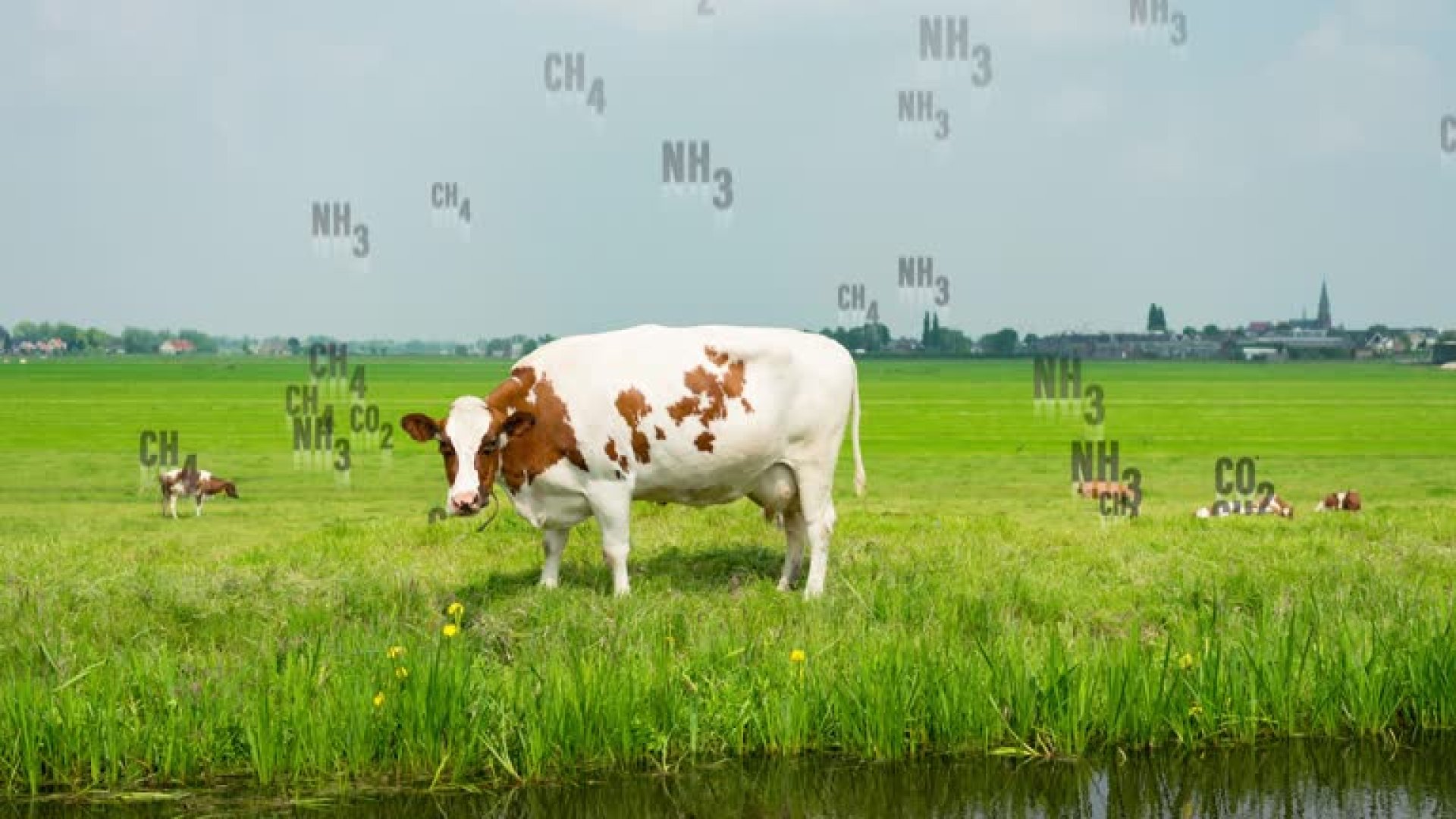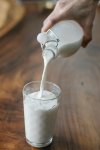A Healthier Herd, A Healthier Planet: Reducing Greenhouse Gases in Dairy Farming

Targeting Methane: Diet and Digestion
Methane, a GHG 28 times more potent than carbon dioxide over a 100-year period, accounts for the largest share of dairy's emissions profile. The key to reduction lies in the cow's feed:
- Feed Additives: The most promising strategy involves supplements that disrupt the methane-producing microbes in the cow's rumen. Additives like seaweed (specifically Asparagopsis taxiformis) have shown the ability to reduce enteric methane by up to 80% in trials. Other compounds, such as 3-nitrooxypropanol (3-NOP), are also proving highly effective.
- Precision Nutrition: Simply improving the quality and digestibility of the feed allows the cow to extract more energy with less waste. By precisely balancing the ratio of fats, fibers, and starches, farmers can reduce the amount of methane produced per gallon of milk. This is a win-win: it lowers emissions and improves feed efficiency, saving the farmer money. Managing Manure and Soil Health: N2O and CH4
Managing Manure and Soil Health: N2O and CH4
Manure management and fertilizer application are the main sources of nitrous oxide (N2O), and they also contribute methane. Modern practices are transforming waste into a resource:
- Anaerobic Digesters: These systems capture manure in airtight tanks, where microbes break it down. This process captures the methane (biogas) that would otherwise escape into the atmosphere, allowing it to be used as renewable energy (to power the farm or sell to the grid). This is the gold standard for large operations.
- Low-Emission Spreading: When manure is used as fertilizer, applying it with precision or through injection directly into the soilrather than simply spraying it on the surfacedramatically reduces the loss of nitrogen as N2O.
- Cover Cropping and No-Till: Adopting regenerative agriculture practices, such as planting cover crops and minimizing tillage, improves soil health. Healthy soils sequester more carbon and are better at utilizing nitrogen, reducing the need for synthetic fertilizers and curbing N2O emissions.
The Path Forward: Data and Incentives
The move toward low-carbon dairy farming requires significant investment and commitment. A sustainable future depends on:
- Measurement: Farmers must use sophisticated tools and data analysis to accurately track emissions at the farm level. You can't manage what you don't measure.
- Incentives: Consumers, retailers, and governments must provide financial rewards (such as premium pricing or subsidies) for farmers who adopt high-cost, high-impact technologies like digesters and feed additives.
By prioritizing these technological and management shifts, the dairy industry can not only meet its climate responsibilities but also produce milk that is more efficient, more sustainable, and ultimately, better for the planet.
Sources:
https://decode6.org/articles/where-do-greenhouse-gases-come-from-on-dairy-farms/
https://www.epa.gov/agstar/how-does-anaerobic-digestion-work
https://www.csuchico.edu/regenerativeagriculture/ra101-section/cover-crop-biomass.shtml
https://www.nrcs.usda.gov/conservation-basics/natural-resource-concerns/soil/soil-health
https://lpelc.org/sustainability-of-the-dairy-industry-in-the-united-states/

